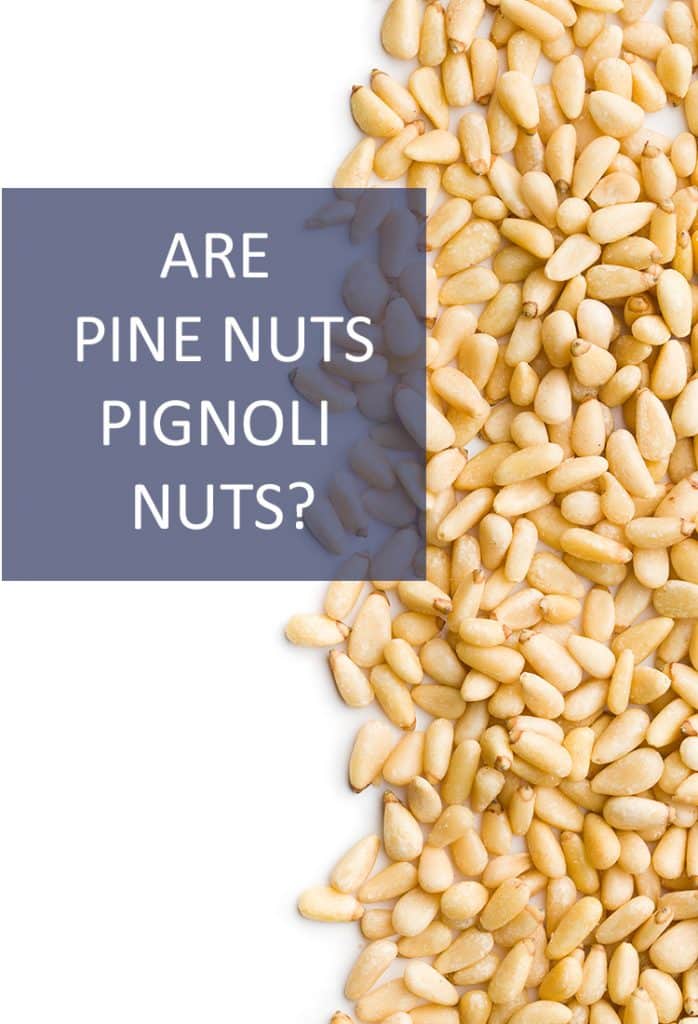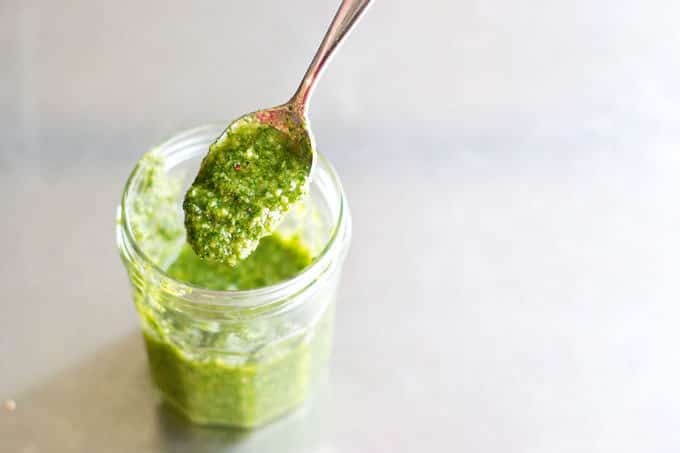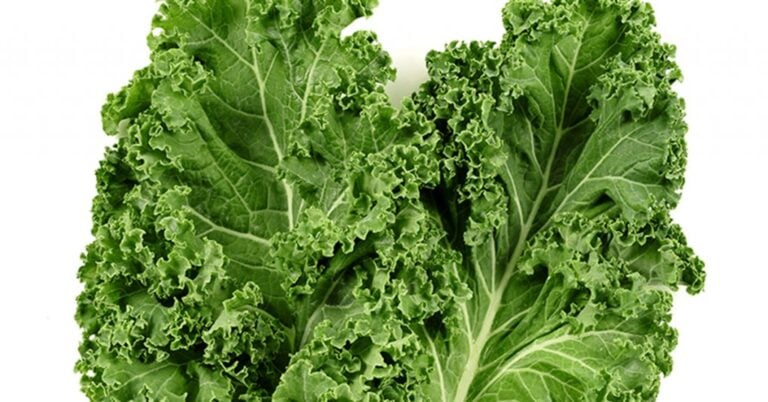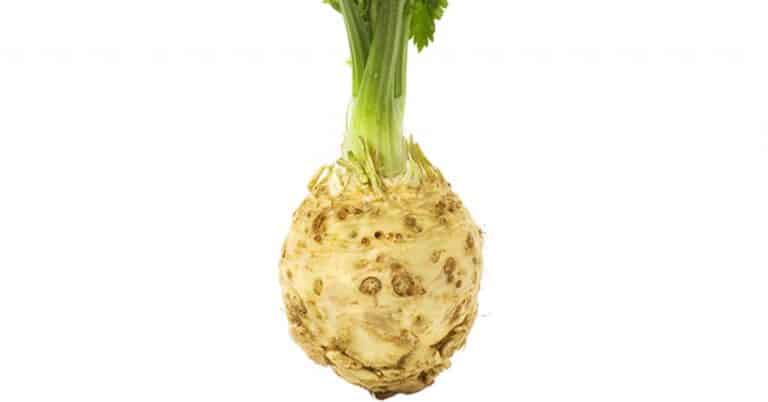Are Pine Nuts Pignoli Nuts?
This Italian staple has an equally Italian name. But could pignoli nuts really just be pine nuts?

The Short Answer
Yes, Pine Nuts and Pignoli Nuts are the same thing.
The Long Answer
If you’re Italian, like me, you’ve likely eaten a pignoli nut or 50 at some point in your life. Italian grandmothers love using these expensive tree nuts in everything from baked goods to meatballs. (Seriously.)
I think that one of the things I’ve always loved about the pignoli nut is its name. It’s such a beautiful Italian word. But, the more common English name for it is the less beautiful pine nut.
A pignoli nut comes from a pine tree, and various different regions have various different pignoli nuts. They’re small and have a sweeter more subtle flavor than your average nut. They also have a much higher price tag. Seriously, I’m shocked my great aunt didn’t go broke with all the pignolis she packed into her famous meatballs. They are NOT cheap.
But where do they come from?
Pine cones!
Yup, those hollow brown cones that fall from trees in the autumn. They have a typical gestation period of 18 months, so they take a good deal of time to mature. Some can even take up to three years. They typically start to bud in springtime and grow until the end of summer. Pine cones go into a dormant state during the fall and winter, but they come back to life the following spring and summer, reaching maturity.
Something that might contribute to the overall cost of pignoli nuts is the difficulty in harvesting them. It takes 20 days in a burlap sack in the sun for pine cones to dry and open up. The cones are then smashed so that the seeds can be sorted out by hand. What’s more, the pine cone can be considered a pignoli nut’s first shell, but they have a second one which is not edible. The second shell must be peeled away before they can be eaten. Some varieties of pine nuts can have very thick and difficult to remove shells.
But it’s also important to not consume too many pignoli nuts in one sitting. Doing so can cause a taste disturbance known as pine nut mouth, or pine nut syndrome. While under its effects, everything a person eats will have a bitter and metallic taste. This lasts for a few days.
So, whether you call them pine nuts or pignoli nuts, the fact remains that these tasty expensive treats are a must have for a number of various versatile recipes. Try one of our favorite uses with our Homemade Pesto Sauce!
























In the past pre 1980 pignoli nuts were elongated and for a period of time they were preferred over the stubby pine nuts that we only get today. So, in the past, the Italians in Brooklyn noted the difference but now there is no choice but to take the stubby pine nuts. Worse yet, you now say they are the same…so, what happened to the pre 1980 pine nuts known as pignolis, that were elongated????